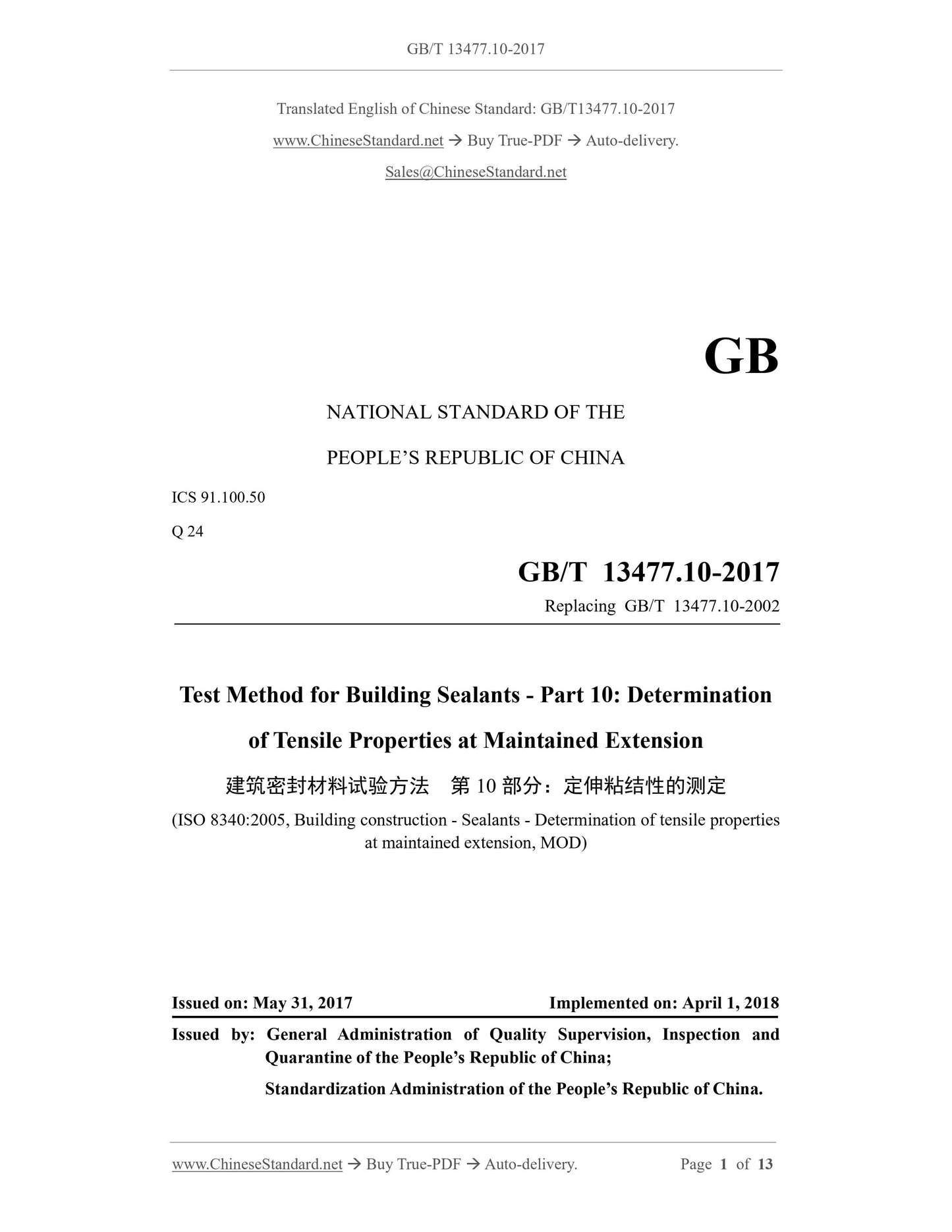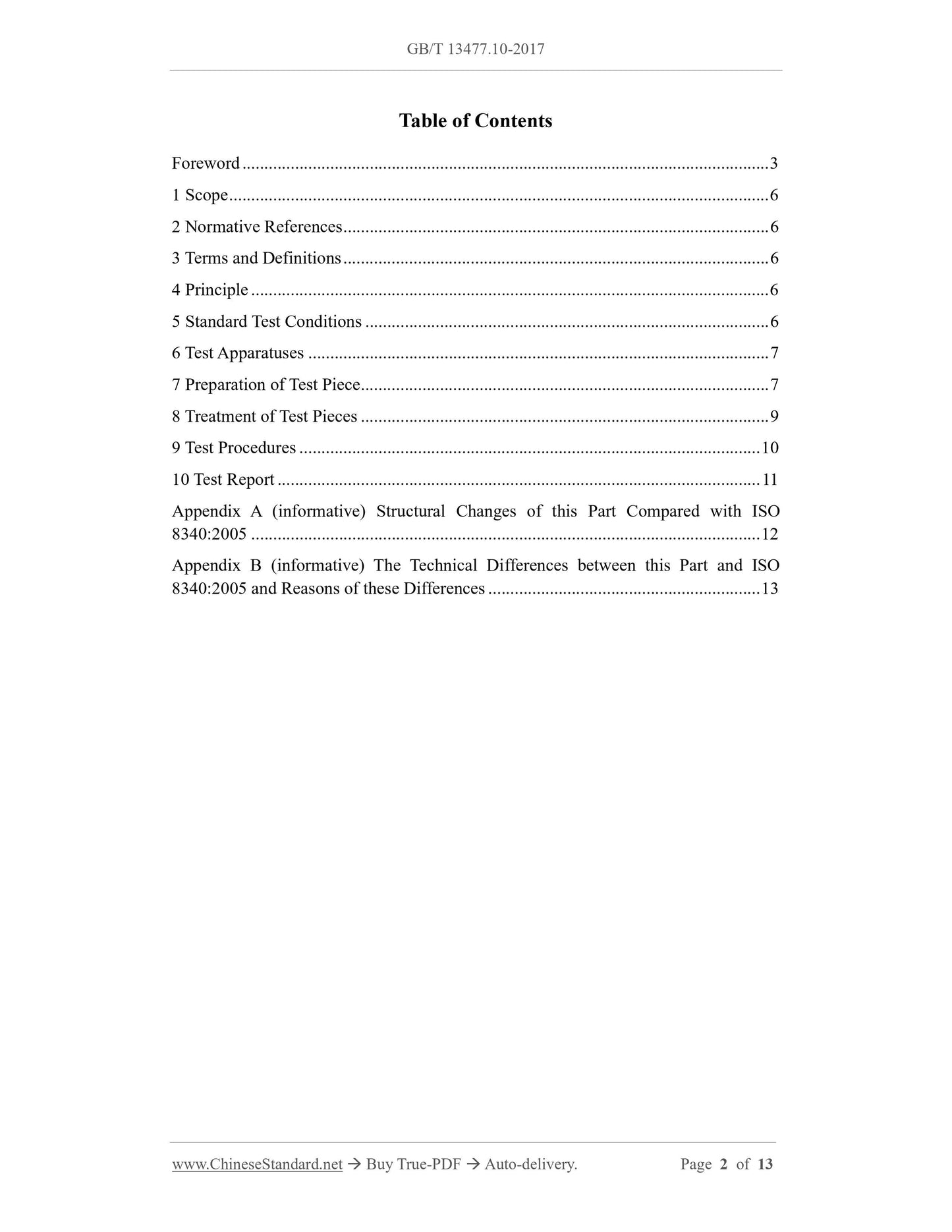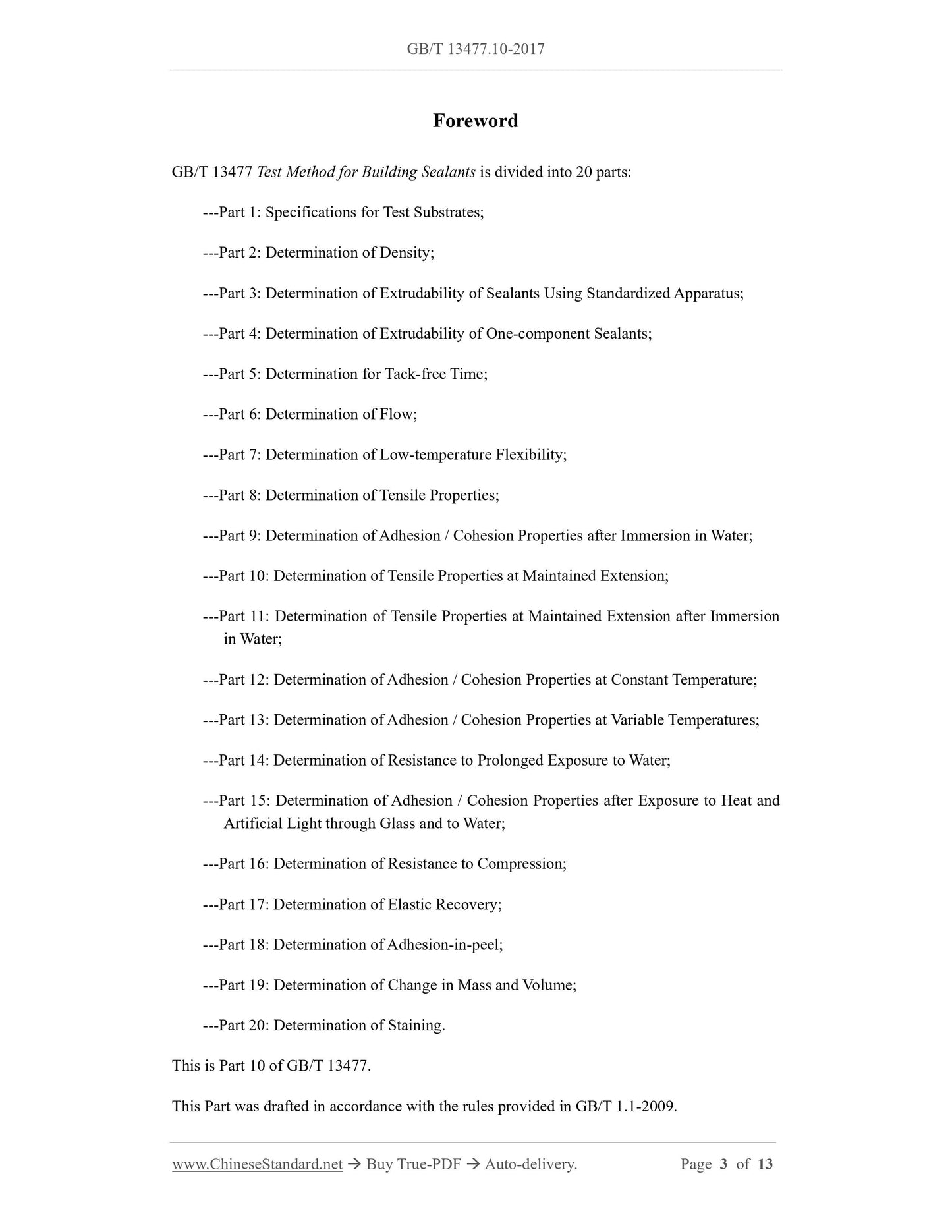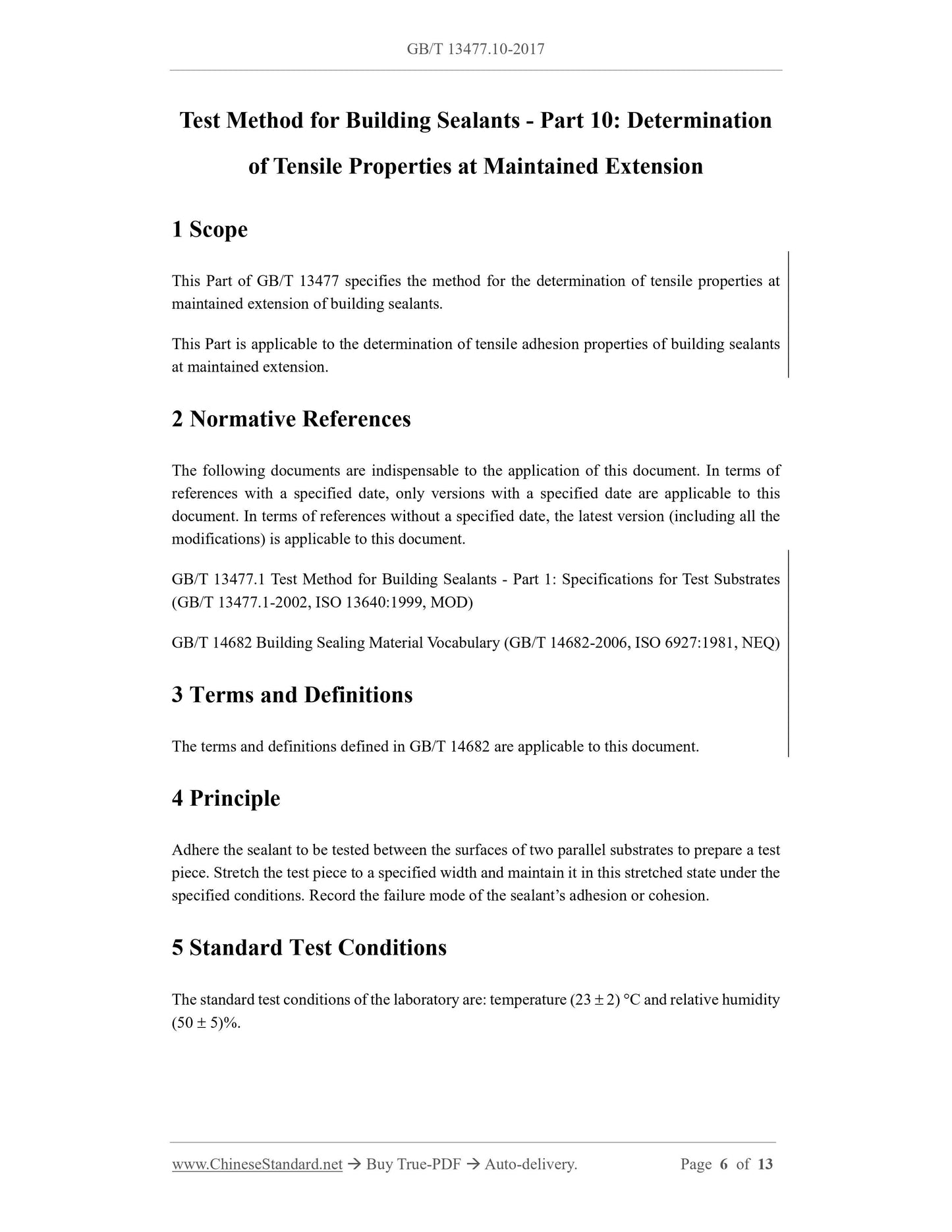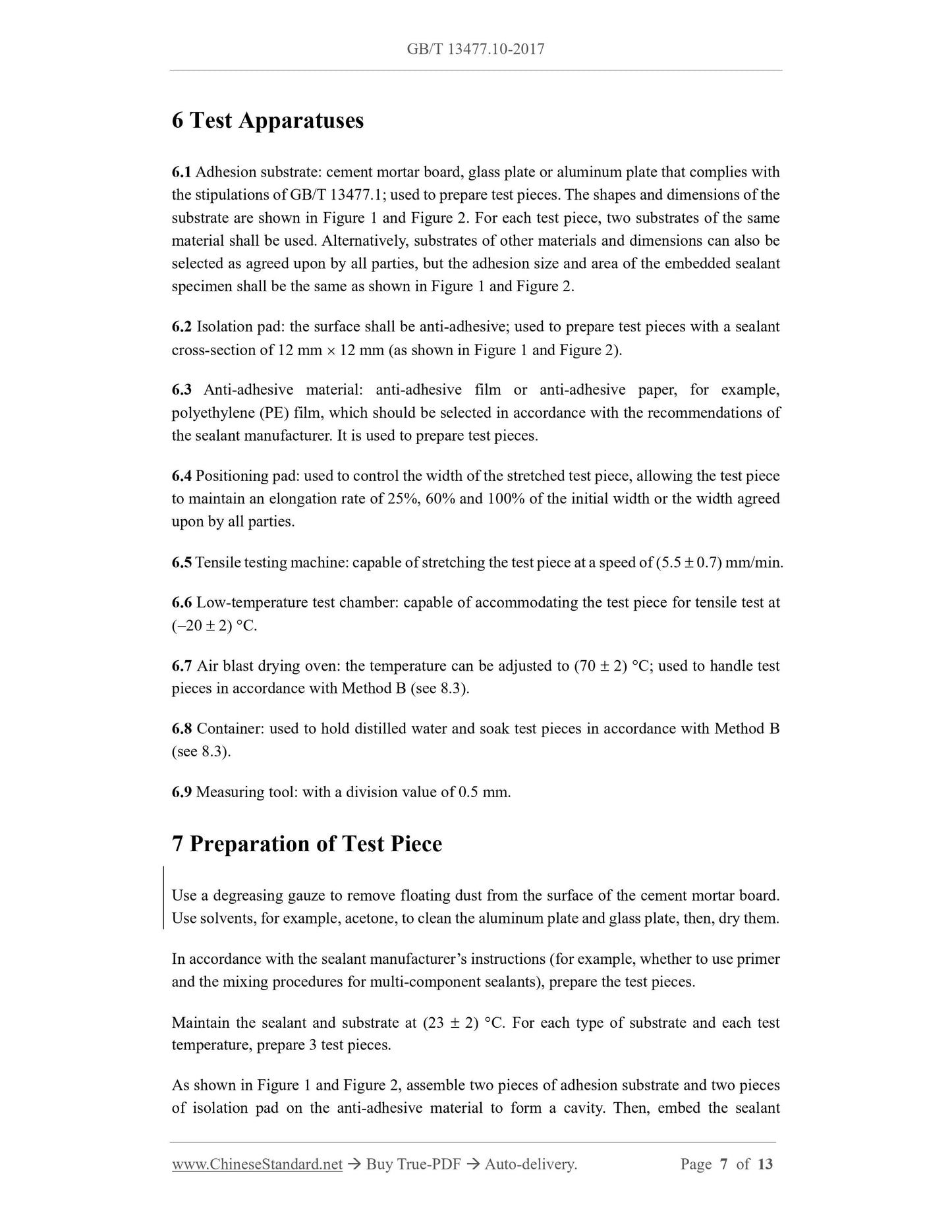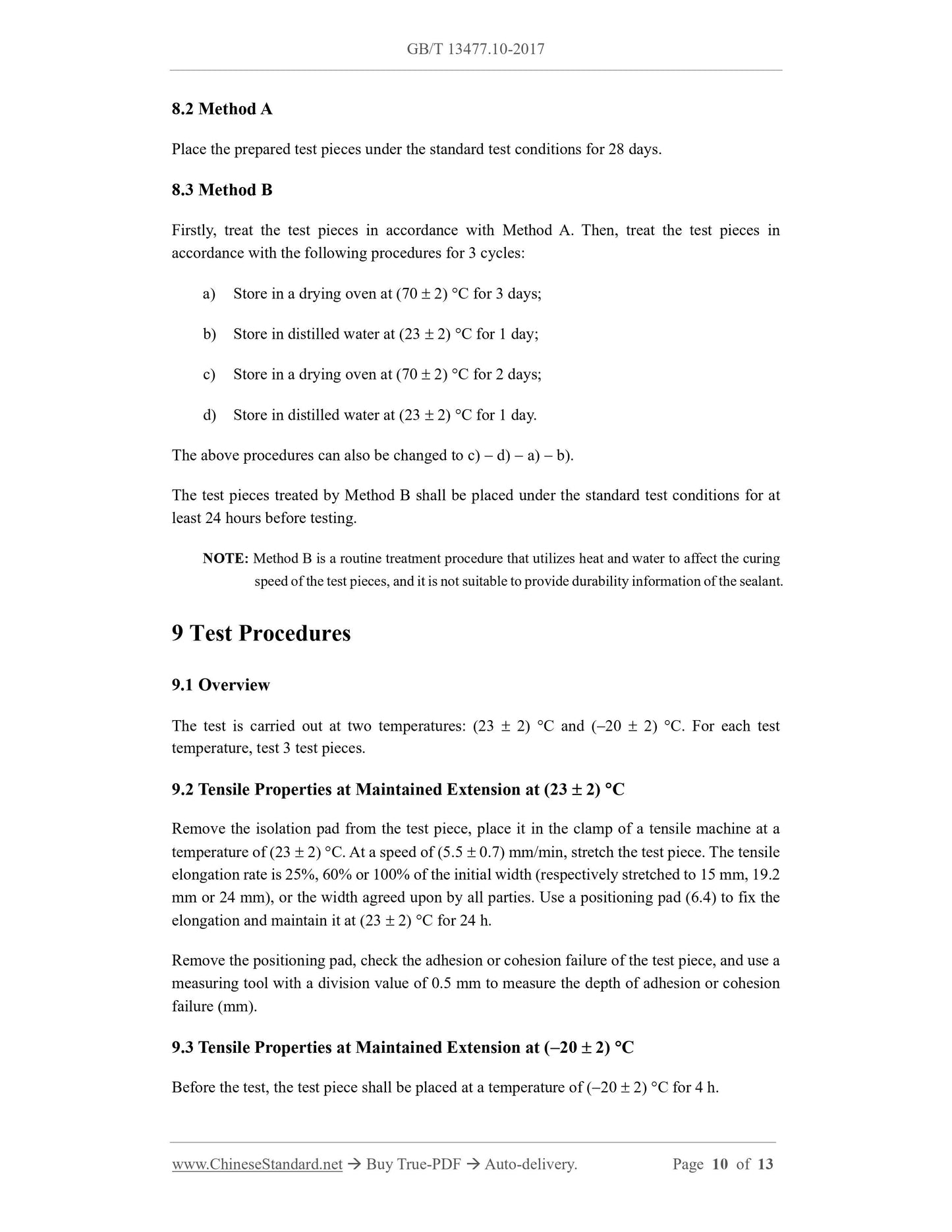1
/
of
6
www.ChineseStandard.us -- Field Test Asia Pte. Ltd.
GB/T 13477.10-2017 English PDF (GB/T13477.10-2017)
GB/T 13477.10-2017 English PDF (GB/T13477.10-2017)
Regular price
$165.00
Regular price
Sale price
$165.00
Unit price
/
per
Shipping calculated at checkout.
Couldn't load pickup availability
GB/T 13477.10-2017: Test method for building sealants - Part 10: Determination of tensile properties at manitained extension
Delivery: 9 seconds. Download (and Email) true-PDF + Invoice.Get Quotation: Click GB/T 13477.10-2017 (Self-service in 1-minute)
Newer / historical versions: GB/T 13477.10-2017
Preview True-PDF
Scope
This Part of GB/T 13477 specifies the method for the determination of tensile properties atmaintained extension of building sealants.
This Part is applicable to the determination of tensile adhesion properties of building sealants
at maintained extension.
Basic Data
| Standard ID | GB/T 13477.10-2017 (GB/T13477.10-2017) |
| Description (Translated English) | Test method for building sealants - Part 10: Determination of tensile properties at manitained extension |
| Sector / Industry | National Standard (Recommended) |
| Classification of Chinese Standard | Q24 |
| Classification of International Standard | 91.100.50 |
| Word Count Estimation | 9,935 |
| Date of Issue | 2017-05-31 |
| Date of Implementation | 2018-04-01 |
| Older Standard (superseded by this standard) | GB/T 13477.10-2002 |
| Quoted Standard | GB/T 13477.1; GB/T 14682 |
| Adopted Standard | ISO 8340-2005, MOD |
| Issuing agency(ies) | General Administration of Quality Supervision, Inspection and Quarantine of the People's Republic of China, Standardization Administration of the People's Republic of China |
| Summary | This standard specifies the determination of the adhesion of the building sealant. This standard is suitable for determining the tensile strength of building seal material in the fixed state. |
Share
